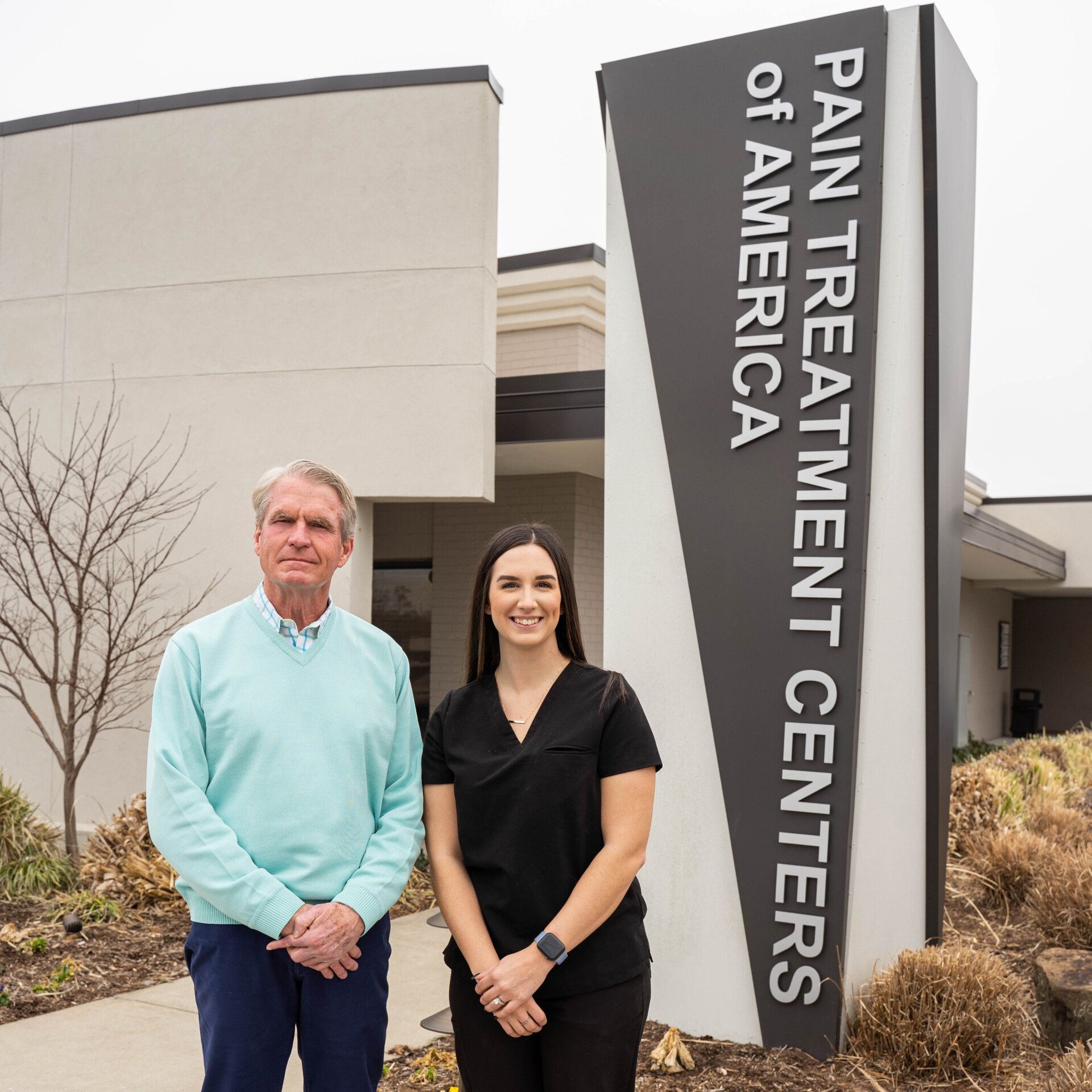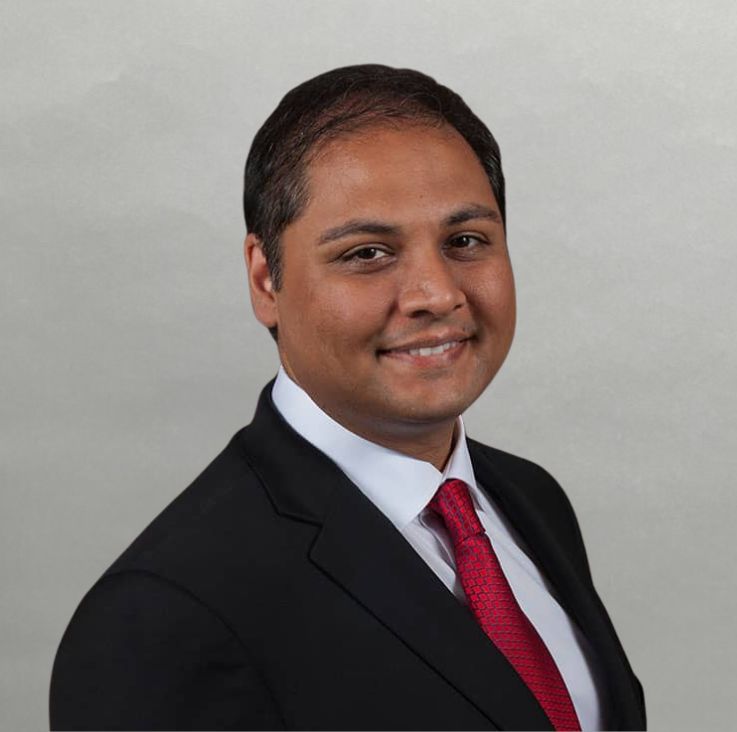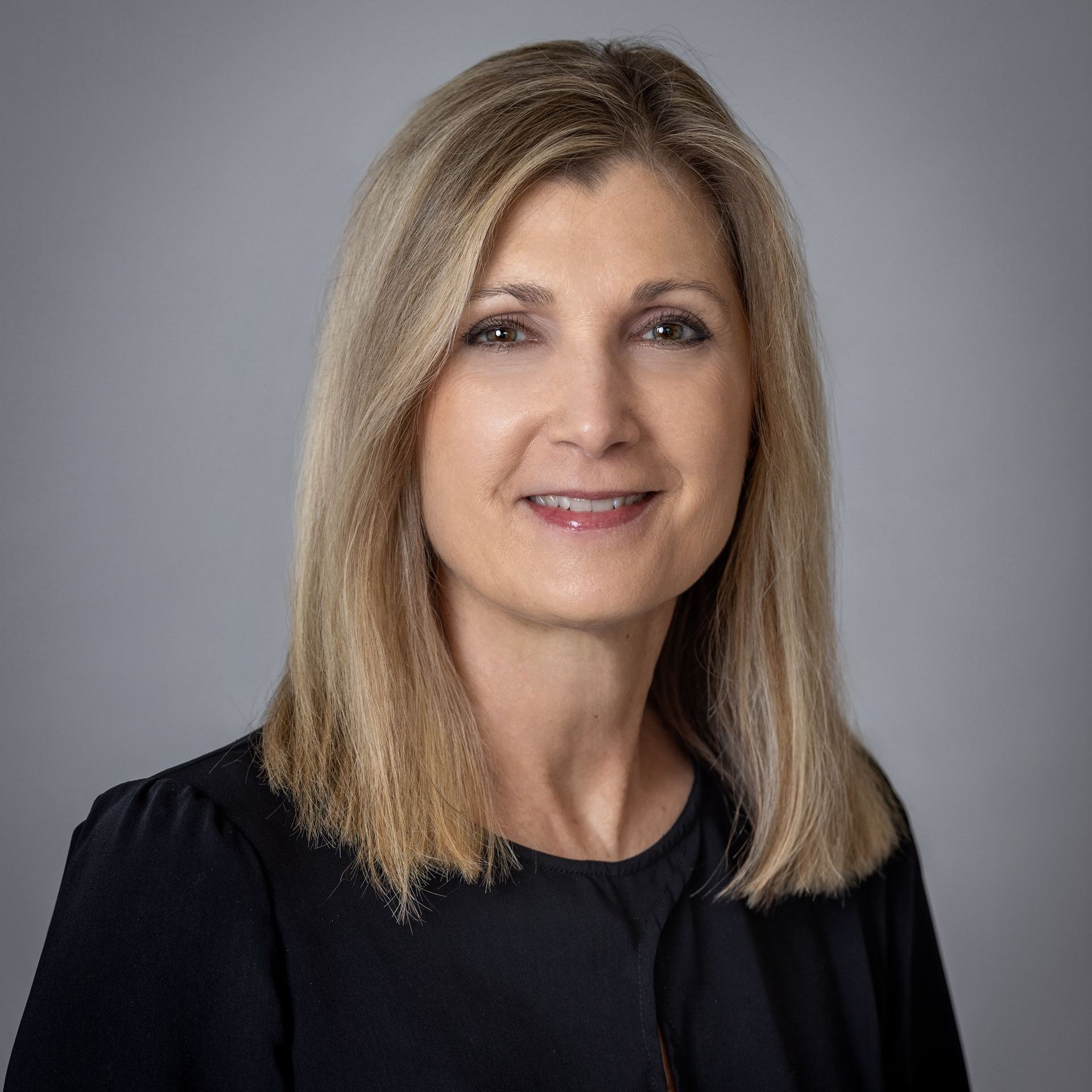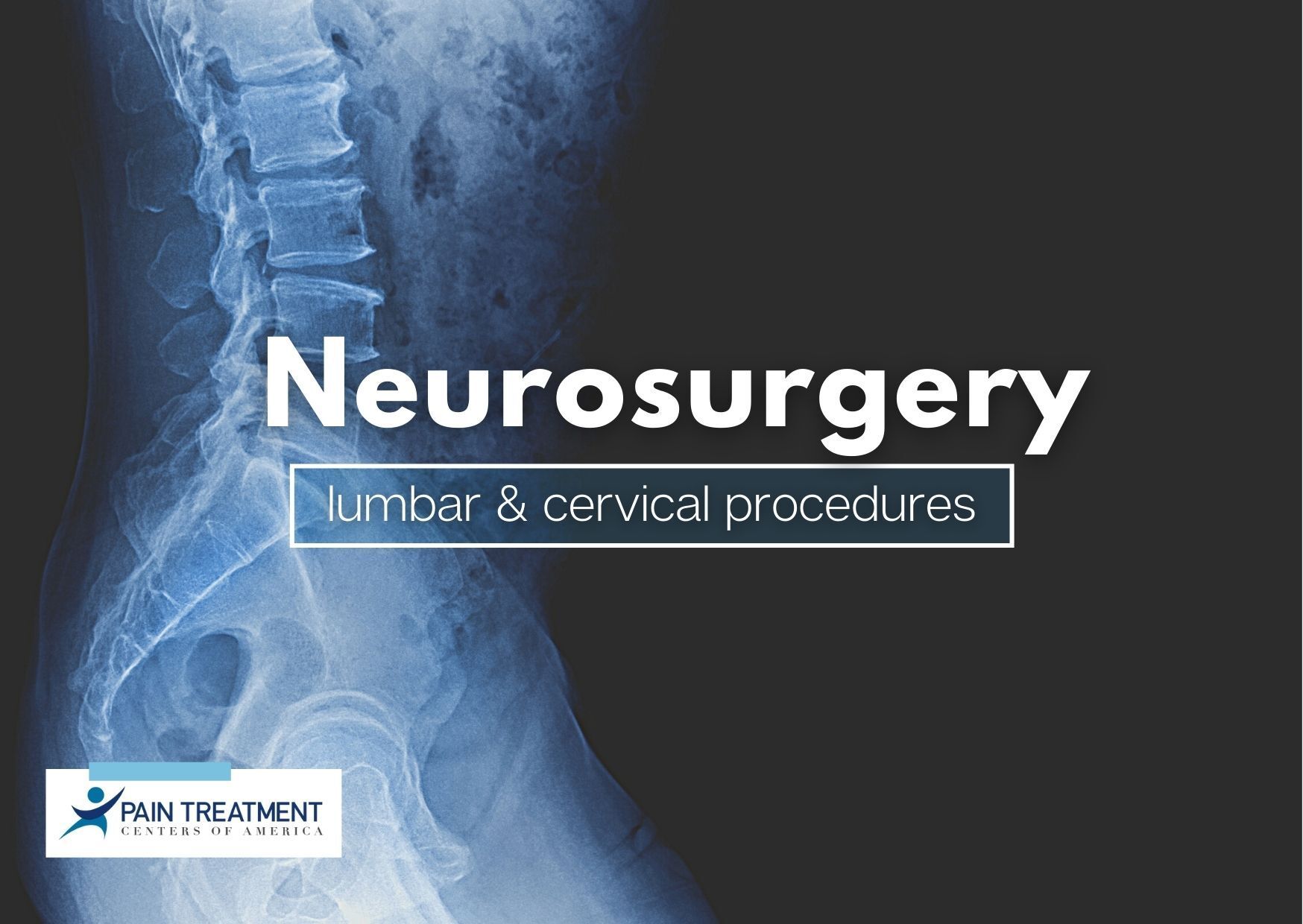Dr. Calhoun is dedicated to his patients and the central Arkansas community. He participates in community education concerning the disease process and the surgical implementation of the latest techniques. He is certified by the Board of Neurological Surgery and is a member of the American Association of Neurological Surgeons, Congress of Neurological Surgery; North American Spine Society; Society for Minimally Invasive Spine Surgery, and the Arkansas Medical Society.
( Dr. Calhoun & Medical Assistant Brendan Spickes)







